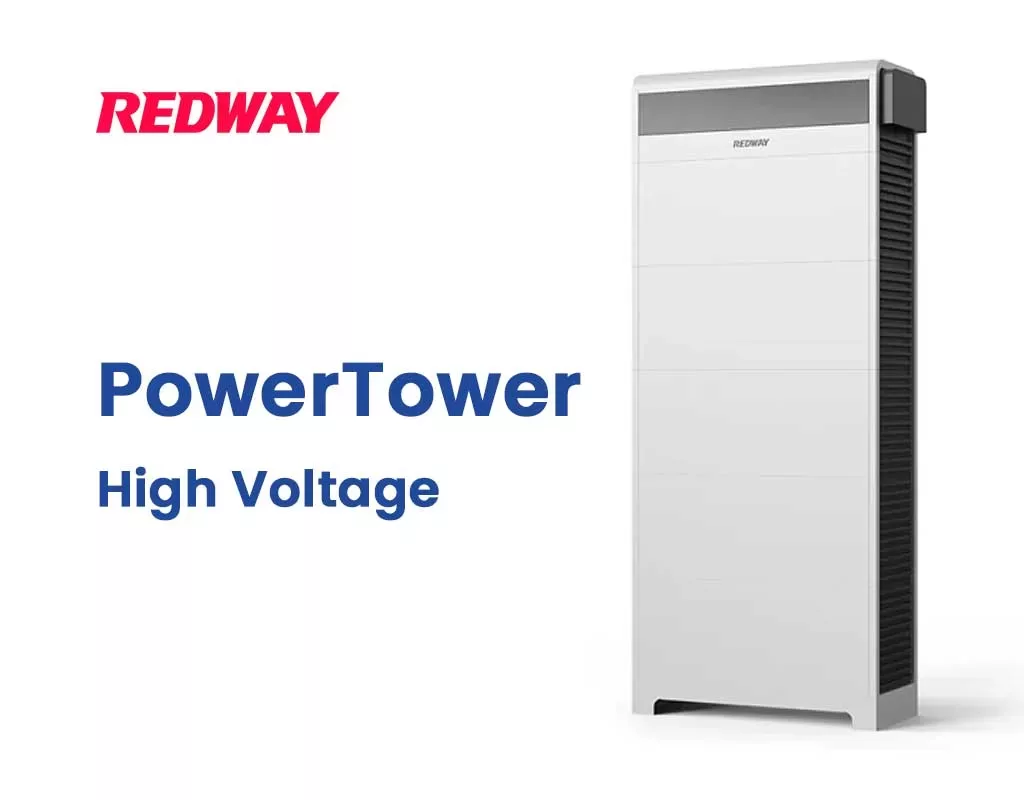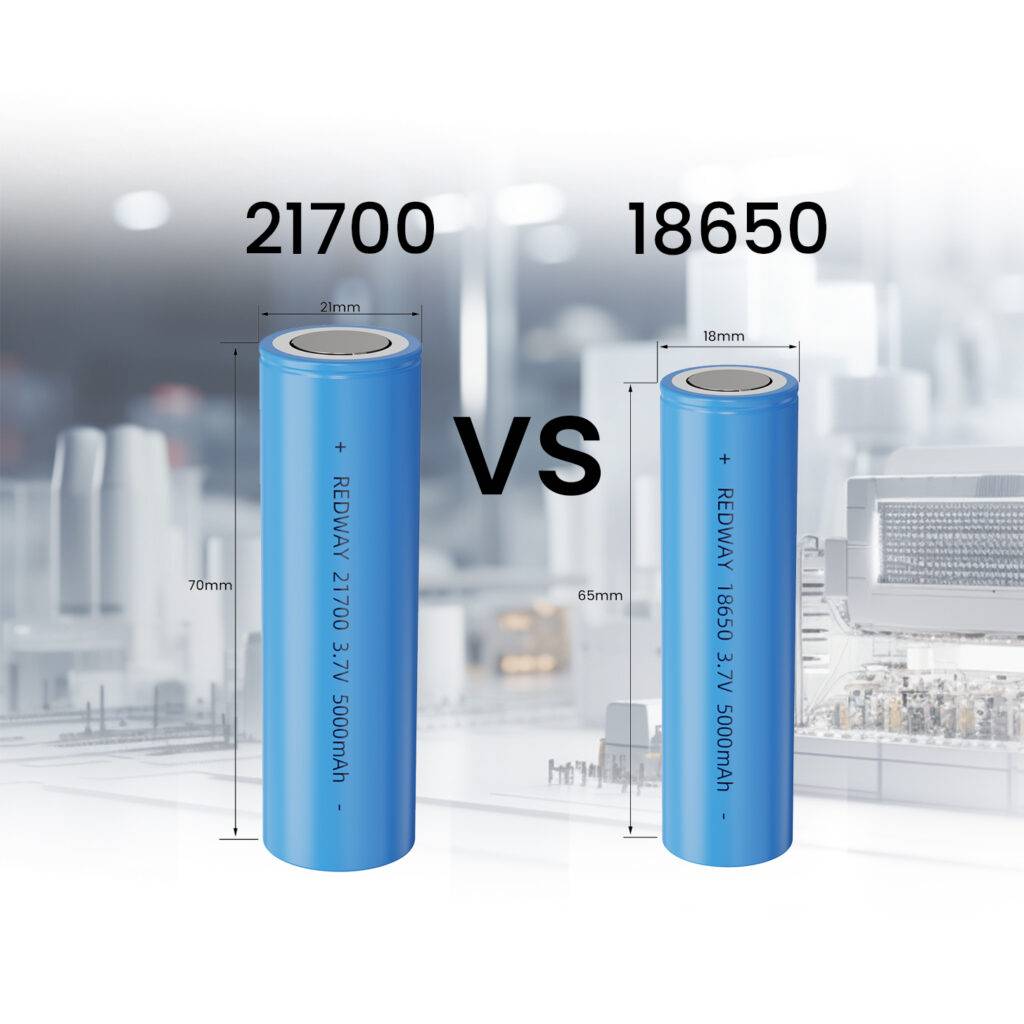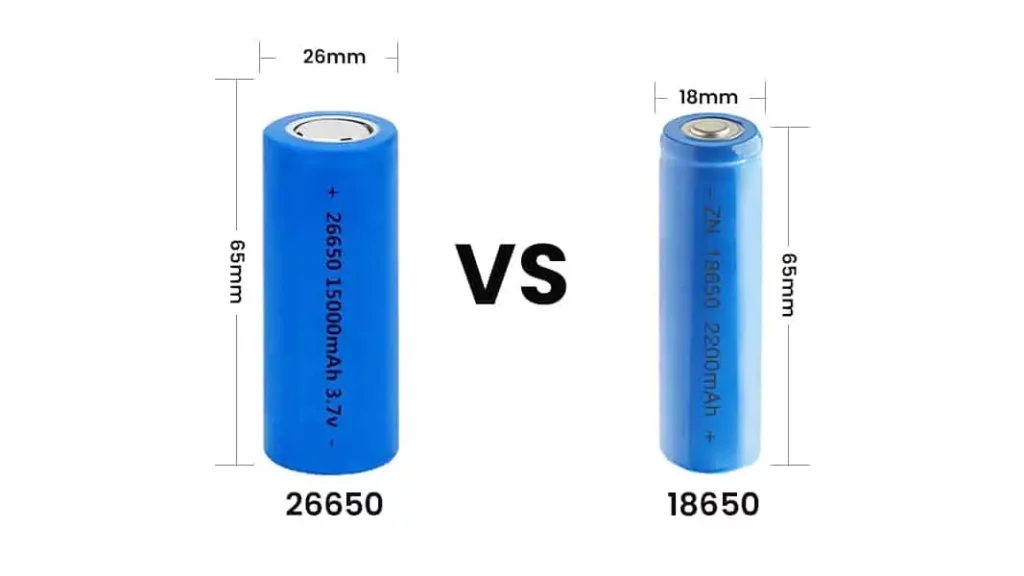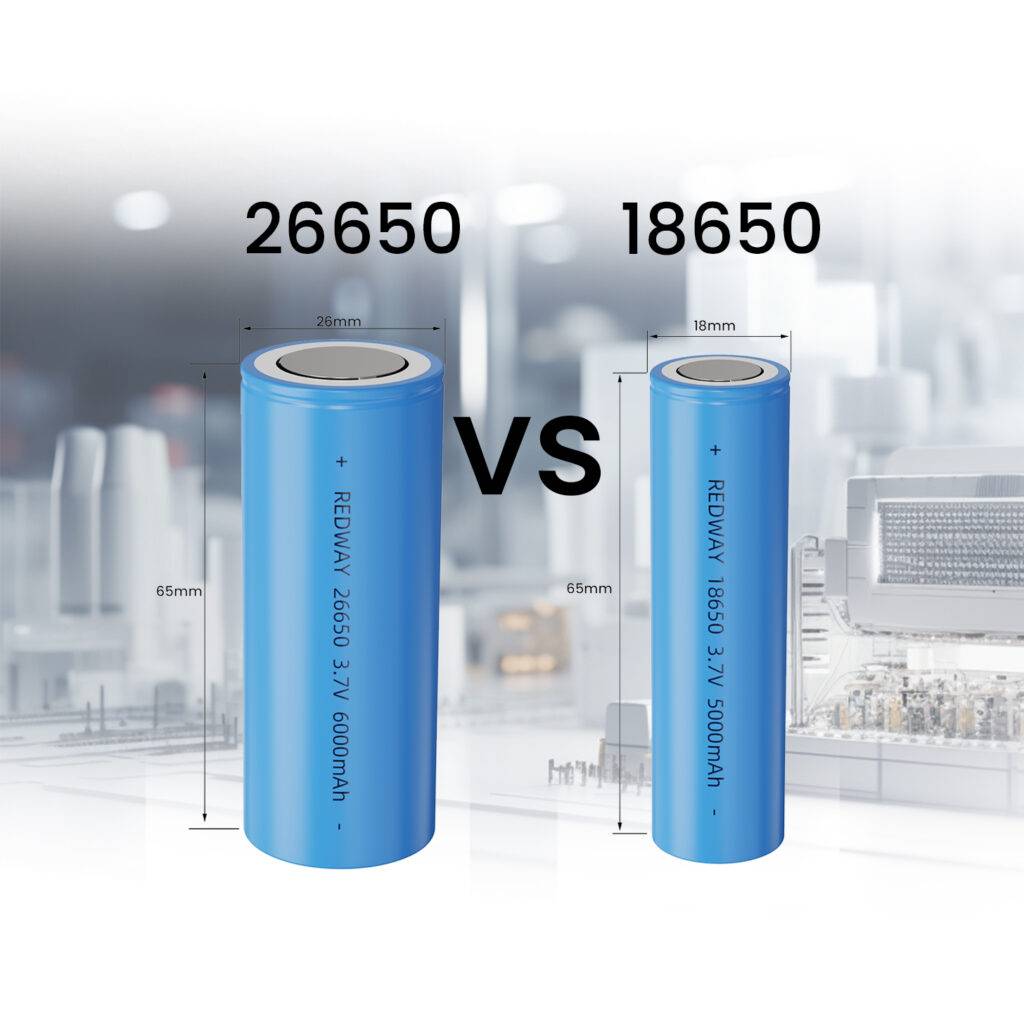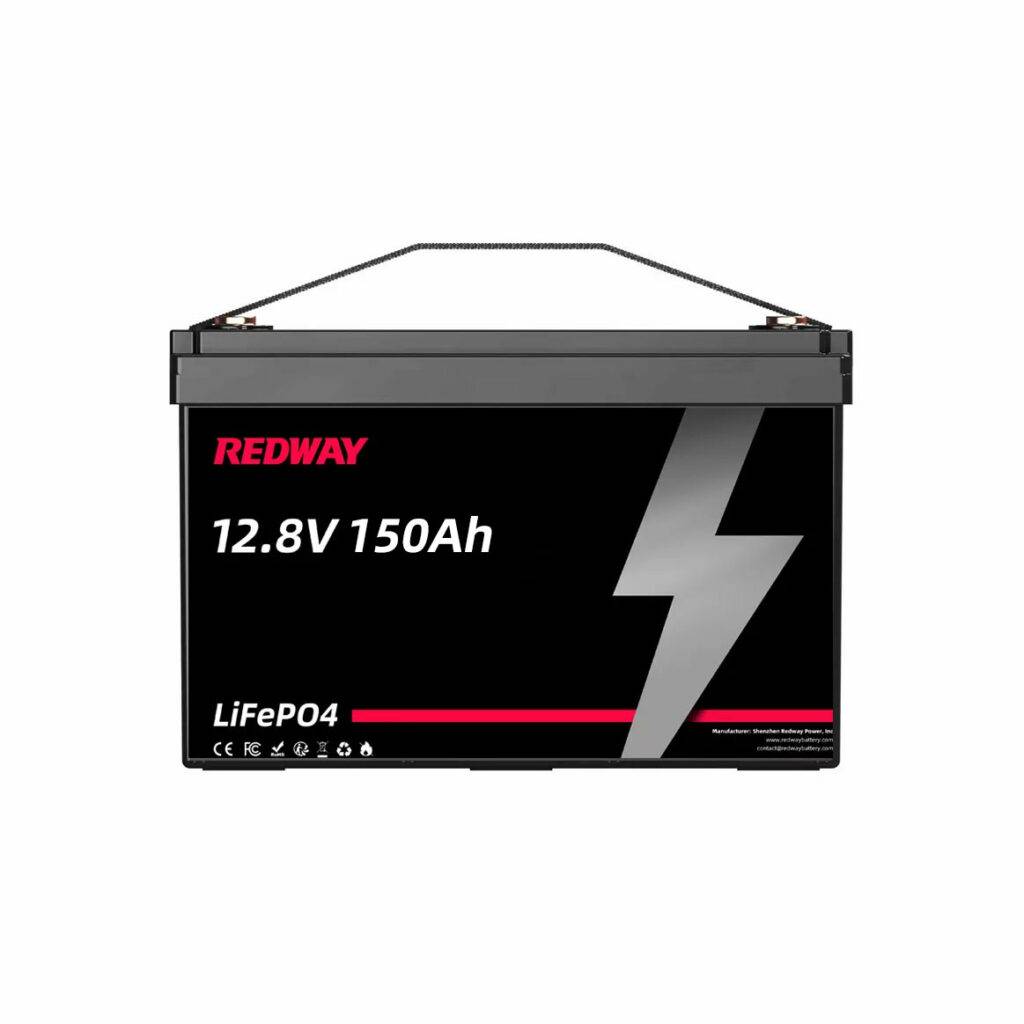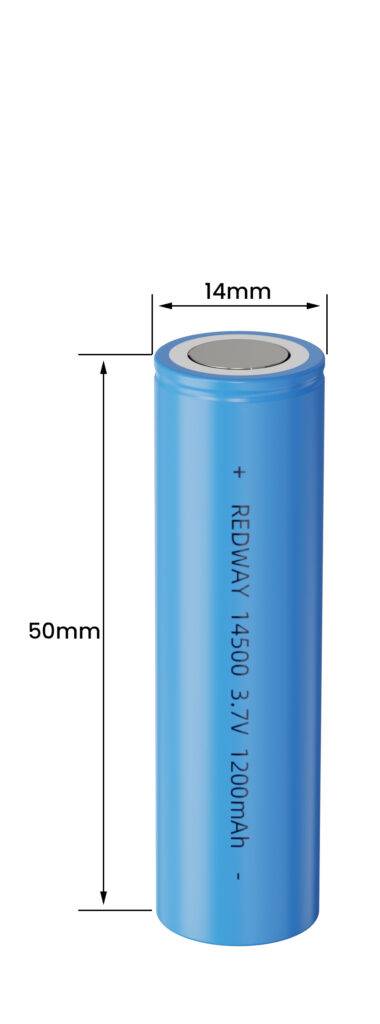Are you considering LiFePO4 cells for your next project but unsure about which type to choose? Look no further! In this comprehensive comparison, we will break down the differences between cylindrical and prismatic LiFePO4 cells. From capacity and voltage to operating temperature and cost, we’ve got it all covered. So sit back, grab a cup of coffee, and let’s dive into the world of LiFePO4 cells!
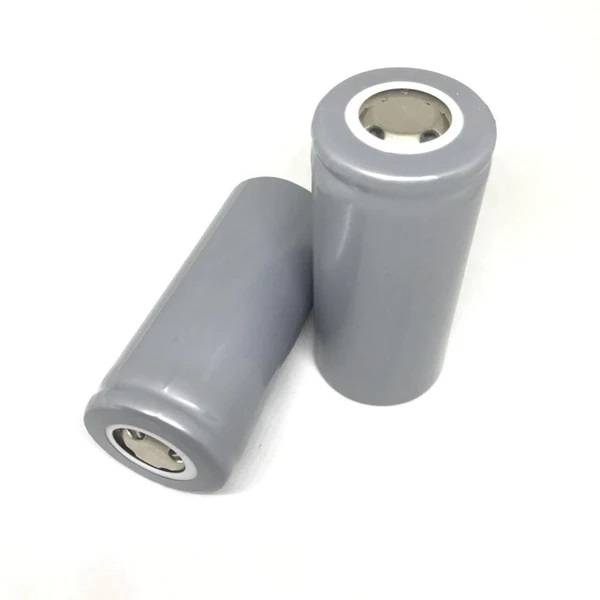
#post_seo_title
Cylindrical vs Prismatic Battery Cell Types
When it comes to LiFePO4 batteries, there are two main cell types available: cylindrical and prismatic. Cylindrical cells have a tube-like shape, while prismatic cells are rectangular.
Cylindrical cells tend to have a smaller capacity than their prismatic counterparts. However, they boast higher discharge rates and can handle high currents better. This makes them ideal for applications that require quick bursts of power.
On the other hand, prismatic cells generally have a larger capacity but lower discharge rates compared to cylindrical cells. They’re also less likely to suffer from swelling issues that can occur with cylindrical cells over time.
The choice between these two cell types ultimately depends on the specific needs of your application. If you need fast and powerful bursts of energy (e.g., in electric vehicles), then cylindrical cells may be the way to go. However, if you require longer run times at more moderate power levels (e.g., in solar energy storage systems), then prismatic cells might be more appropriate.
It’s worth noting that some manufacturers offer hybrid battery packs that combine both cell types for optimal performance across different use cases.
Cylindrical vs Prismatic Battery Cell Capacity
Capacity is one of the most crucial factors to consider when comparing cylindrical and prismatic LiFePO4 cells. Capacity refers to the amount of charge a battery can store, usually measured in ampere-hours (Ah).
Cylindrical LiFePO4 cells have a lower capacity than their prismatic counterparts; typically, they offer capacities between 1-20 Ah. In contrast, prismatic LiFePO4 cells can provide much higher capacities ranging from 10-500 Ah.
However, it’s essential to note that capacity depends on many variables such as temperature, discharge rate, and age of the battery. It’s common for batteries to lose some of their initial capacity after several cycles or years of use.
Additionally, both types of batteries may have different discharge rates at various levels. Cylindrical LiFePO4 cells are generally better suited for low-discharge applications like portable electronics while Prismatic cells excel in high-current applications like electric vehicles or energy storage systems.
Understanding the relationship between cell type and capacity will help you choose an appropriate power source for your specific application needs.
Cylindrical vs Prismatic Battery Cell Voltage
Voltage is an important factor to consider when choosing between cylindrical and prismatic LiFePO4 cells. Cylindrical batteries typically have a voltage range of 3.2V to 3.7V per cell, while prismatic batteries tend to have a slightly higher voltage range of around 3.6V to 3.8V per cell.
The difference in voltage can affect the overall performance of the battery, as well as its compatibility with certain devices or applications. For example, if a device requires a specific voltage level, it may only be compatible with one type of LiFePO4 cell over another.
Another factor that affects voltage is the number of cells used in a battery pack. By connecting multiple cells in series, you can increase the overall voltage output of the battery pack.
It’s important to note that while prismatic cells may have a slightly higher nominal voltage than cylindrical cells, both types offer similar discharge characteristics and capacity ratings.
Ultimately, when considering which type of LiFePO4 cell to use for your application or project, it’s important to take into account not just their respective voltages but also other factors like capacity, charge/discharge current rates and operating temperature ranges.
Cylindrical vs Prismatic Charge/discharge current
When it comes to charge and discharge current, both cylindrical and prismatic LiFePO4 cells have their own strengths and weaknesses. For instance, cylindrical cells can typically handle higher discharge rates than prismatic cells due to their larger surface area, making them ideal for applications that require high power output.
On the other hand, prismatic cells are known to be more efficient in terms of charging time compared to their cylindrical counterparts. This is because they have a lower internal resistance which allows them to absorb charge faster without overheating.
It’s important to note though that the optimal charge/discharge rate for both cell types will depend on various factors such as temperature, capacity, application requirements etc. It’s always best practice to refer to the manufacturer specifications or consult with an expert when determining the appropriate charge/discharge rate for your specific needs.
Another factor that affects the performance of LiFePO4 cells is how often they are charged/discharged. Overcharging or discharging beyond recommended levels can lead to irreversible damage and shorten the lifespan of the battery.
Understanding how charge/discharge currents affect LiFePO4 batteries is crucial in maintaining their longevity and optimizing performance. Both types of cells have unique characteristics that make them suitable for different applications so it’s important to choose wisely based on your specific needs.
Cylindrical vs Prismatic Battery Cell Self-discharge
Self-discharge is an important factor to consider when choosing between cylindrical and prismatic LiFePO4 cells. This refers to the rate at which a battery loses its charge even when not in use.
Cylindrical cells have a lower self-discharge rate compared to prismatic cells, making them ideal for applications that require long periods of storage or intermittent use. Prismatic cells, on the other hand, tend to lose their charge faster due to their larger surface area.
In addition, temperature can affect the self-discharge rate of both types of batteries. Higher temperatures increase the rate of discharge while lower temperatures decrease it.
It’s also worth noting that certain factors like manufacturing quality and storage conditions can impact self-discharge rates as well.
If you need a battery with minimal self-discharge for infrequent or emergency use, then cylindrical LiFePO4 cells are your best bet. But if you’re using your battery more frequently and don’t mind monitoring its charge level regularly, then prismatic LiFePO4 may be sufficient for your needs.
Cylindrical vs Prismatic Operating Temperature
Operating temperature is a crucial factor to consider when choosing between cylindrical and prismatic LiFePO4 cells. Both cell types have different operating temperatures, which can affect their overall performance.
Cylindrical cells usually operate within the -20°C to 60°C range, while prismatic cells can handle a wider temperature range of -30°C to 75°C. This means that if you need your battery to work in extreme hot or cold environments, then prismatic cells might be the better option.
However, it’s important to note that both cell types have optimal operating temperatures for maximum performance and lifespan. Cylindrical cells tend to perform best at around 25-30°C, while prismatic cells are optimized for operation at around 40-50°C.
It’s also worth considering how changes in temperature can affect the capacity of your battery. Extreme heat can cause permanent damage or reduce the lifespan of your battery, while extreme cold may temporarily decrease its capacity.
When choosing between cylindrical and prismatic LiFePO4 cells based on operating temperature considerations should depend on where and how you plan to use them.
Cylindrical vs Prismatic Battery Cell Dimensions
Dimensions of a battery cell are an important factor to consider when choosing between cylindrical and prismatic LiFePO4 cells. Cylindrical cells come in standardized sizes, with the most common being 18650 and 26650. These dimensions make it easy for manufacturers to design products that can accommodate these batteries.
Prismatic cells, on the other hand, have varying dimensions depending on the manufacturer. This means that product designers need to carefully choose which prismatic cell they will use based on their application’s requirements.
Another consideration is volume efficiency – how much of the cell’s total volume is used for active materials vs. non-active materials such as casing or insulation? Prismatic cells typically have a higher volume efficiency due to their rectangular shape allowing for more efficient packing compared to cylinders.
In summary, while cylindrical cells offer standardization and ease of design compatibility, prismatic cells offer greater flexibility in terms of custom sizing and higher volume efficiency. Ultimately, deciding which one is best suited for your particular application will depend on various factors beyond just dimensions alone.
Cylindrical vs Prismatic Battery Cell Weight
Weight is an important factor when it comes to choosing between cylindrical and prismatic LiFePO4 cells. Cylindrical cells are usually heavier due to their thicker metal casing, which is necessary for protection against external damage. On the other hand, prismatic cells have a thinner plastic casing, making them lighter than cylindrical ones.
The weight of the battery pack also depends on the number of cells used in it. In general, a battery pack made up of prismatic LiFePO4 cells will be lighter than one made up of cylindrical cells with similar capacity.
The overall weight of the battery pack can affect its portability and mobility. A heavy battery may not be suitable for applications that require frequent movement or transportation, such as electric bikes or portable power banks.
However, in some cases, a heavier battery may provide better stability and balance to certain applications like electric vehicles or stationary energy storage systems.
Ultimately, choosing between cylindrical and prismatic LiFePO4 cells should take into consideration all factors including weight alongside other important aspects such as cost and performance.
Cylindrical vs Prismatic Battery Cell Cost
Cost is an important factor to consider when choosing between cylindrical and prismatic LiFePO4 cells. Cylindrical cells are generally cheaper than prismatic cells due to their simpler design and production process. This makes them a popular choice for consumer electronics such as laptops and power banks.
On the other hand, prismatic cells tend to be more expensive due to their larger size and complex manufacturing process. However, they offer higher energy density which can lead to cost savings in applications where space is limited.
It’s important to note that the total cost of a battery system also includes factors such as packaging, wiring, BMS (battery management system), and installation costs. These costs can vary greatly depending on the specific application.
In addition, it’s worth considering the long-term cost savings of using high-quality batteries with longer lifespans. Investing in a higher quality battery upfront may result in lower overall costs over time by reducing replacement frequency.
While initial cost is an important consideration when selecting between cylindrical vs prismatic LiFePO4 cells, it should not be the sole determining factor in making your decision.
Cylindrical vs Prismatic Battery Cell Applications
Both cylindrical and prismatic LiFePO4 cells have their own set of applications. Due to their compact size, cylindrical cells are widely used in small electronic devices like mobile phones, laptops, and tablets. They are also commonly used in power tools due to their high discharge current rating.
On the other hand, prismatic cells find their use in larger applications such as electric vehicles (EVs) and energy storage systems. Prismatic cells come with higher capacity than cylindrical ones which makes them an ideal choice for EV manufacturers who require longer driving ranges.
Moreover, both types of batteries can be found in renewable energy systems where they store excess electricity generated by solar panels or wind turbines. This ensures that energy is not wasted and can be used during peak demand hours.
Understanding the specific application requirements is crucial when choosing between a cylindrical or prismatic cell. While one may excel in powering small portable devices efficiently, the other may provide better overall performance for bigger applications with higher power demands.
Cylindrical vs Prismatic Advantages and disadvantages
Cylindrical LiFePO4 cells are known for their robust construction. They can withstand high impacts and vibrations, making them more durable than prismatic cells. Their cylindrical shape also allows for better heat dissipation, which helps in maintaining battery temperature during charging and discharging.
Another advantage of cylindrical cells is their higher energy density compared to prismatic cells. This means they can store more energy per unit volume, making them ideal for applications where space is limited.
Advantages of Prismatic LiFePO4 Cells:
Prismatic LiFePO4 cells have a flat design that makes them easier to stack and package efficiently. This results in a smaller footprint compared to cylindrical cells, making them ideal for applications where size matters.
Another advantage of prismatic cells is their lower internal resistance, which translates into higher charge/discharge rates without damaging the battery pack or reducing its lifespan.
Disadvantages of Cylindrical LiFePO4 Cells:
One disadvantage of cylindrical LiFePO4 cells is their larger size compared to prismatic ones. This limits their applicability in devices with small form factors such as smartphones or wearables.
Moreover, the manufacturing process involved in producing cylindrical batteries leads to wastage since they require extra material around the circumference that cannot be used effectively.
Disadvantages of Prismatic LiFePO4 Cells:
One common disadvantage associated with prismatic batteries is their sensitivity towards overheating due to poor heat dissipation caused by the flat design. Additionally, these batteries need proper management systems since any imbalance between individual cell voltages could lead to an explosion or fire hazard if not handled correctly.
Therefore it’s important always consider the advantages and disadvantages before choosing either option depending on your device requirements
Conclusion
After examining the various aspects of cylindrical and prismatic LiFePO4 cells, it is clear that each has its own distinct advantages and disadvantages.
Cylindrical cells are more widely available and offer a higher energy density, making them ideal for applications where space is limited. They also have lower self-discharge rates, making them suitable for long-term storage.
On the other hand, prismatic cells offer greater flexibility in terms of size and shape, with their rectangular form factor allowing for easier integration into products. They also tend to be lighter than cylindrical cells and can handle high discharge currents better.
Ultimately, the choice between these two cell types will depend on your specific application requirements. It’s important to carefully consider factors such as capacity needs, voltage requirements, operating temperature range, dimensions, weight and cost before making a decision.
In conclusion (oops!), both cylindrical and prismatic LiFePO4 cells are great options if you’re looking for reliable rechargeable batteries with long lifetimes. By understanding the differences between these two cell types you’ll be able to make an informed decision when selecting which one is right for your needs.

